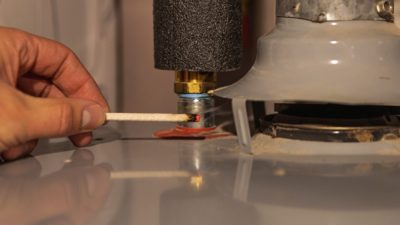Scientists around the world agree that cutting greenhouse gas emissions is crucial. Concerned that this will not happen quickly enough, some researchers are studying the risks and benefits of solar geoengineering, preventing heat from reaching the Earth in the first place.
Solar geoengineering, also called solar radiation management (SRM), manipulates the environment by reflecting sunlight back into space, to offset the impact of climate change. While it would not replace efforts to reduce greenhouse gas emissions and doesn’t address the root of climate change, some scientists say it could be a supplementary measure.
How does solar geoengineering work?
Proposed solar geoengineering technologies include cirrus cloud thinning and space-based techniques, but the most popular suggestions are:
- Marine cloud brightening: Spraying sea salt into low-lying marine clouds to enhance reflectivity of sunlight toward space
- Stratospheric aerosol scattering: Introducing aerosols into the stratosphere, scattering sunlight back to space
Scientists and researchers who support solar geoengineering say that when used in moderation and paired with cutting emissions, benefits could include a reduction of the rate of sea-level rise, sea ice loss, heatwaves, and extreme weather.
Those against these proposed solutions state scientific uncertainty, ethics concerns, and governance challenges as big risks of this approach.
What are the risks of solar geoengineering?
Solar geoengineering raises concerns with many across the world. It could temporarily make the sky hazy, alter the quality of light that plants use to grow, and damage the ozone layer. The three main concerns are:
- Unknown risks that could potentially backfire in a catastrophic way, with varying impacts across regions that could affect weather patterns, agriculture, and the provision of food and water
- Solar geoengineering could be used to slow or stop the work being done to reduce the use of fossil fuels
- The current global governance system isn’t ready to come up with international agreements needed to make solar geoengineering fair and inclusive
Research of solar geoengineering has been limited until groups like the Environmental Defense Fund and the Natural Resources Defense Council started to support research of this controversial approach to climate change. Initiatives are already underway such as:
- A commission under the auspices of the Paris Peace Forum, composed of 15 current and former global leaders, and environmental and governance experts exploring policy options
- A Carnegie Council initiative of how the United Nations might govern solar geoengineering
- Degrees Initiative, an academic effort based in the UK, funding research on the effects of solar geoengineering
Even with research underway, many say it will be decades before something of this magnitude is considered and implemented. Dan Schrag, the Director of the Harvard University Center for the Environment, is estimating that solar geoengineering wouldn’t happen until at least 30 years down the road.
The idea is outlandish.
It’s crazy stuff.
People should be suspicious.
It would represent a failure.
These statements are from supporters discussing their research and involvement with solar geoengineering, acknowledging that emission reduction by replacing coal, gas, and oil, is a much better solution. Solar geoengineering is a fallback approach and an emergency plan.
The question it raises in many is not as much “Will it work?” but “What other effects will it have on our planet and people?”
Resources:





